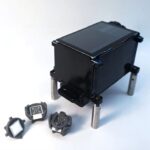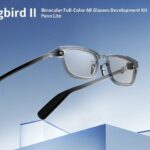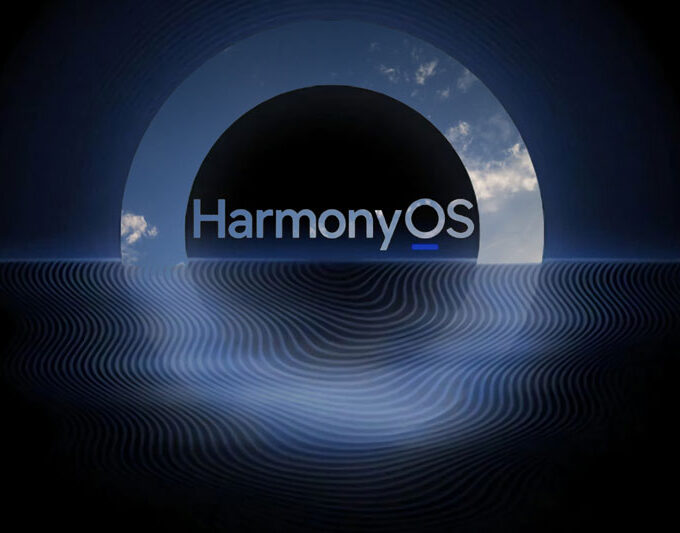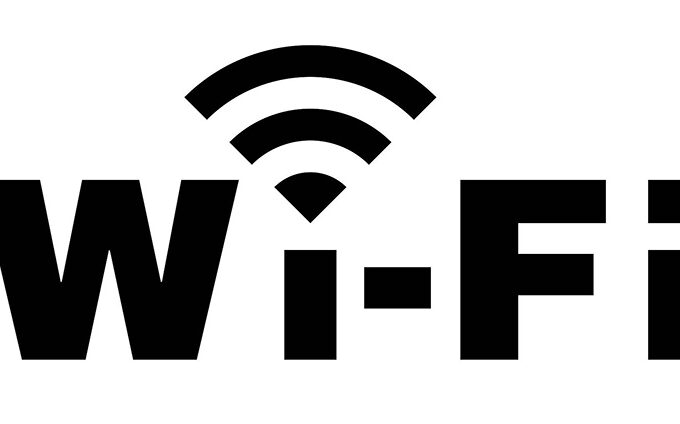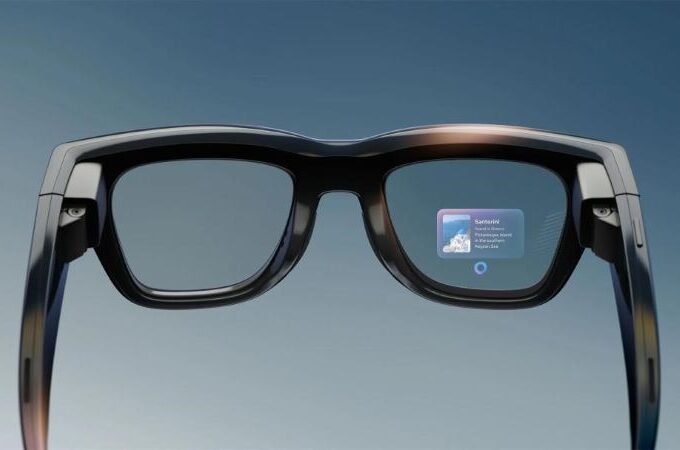One of the prospects for wearable technology is to create smart electronic textiles, which are expected to bring a new product interaction experience to users. However, textiles that are functional and can display large-area displays have not yet been realized, because it is a severe challenge to obtain small lighting devices that are both durable and easy to integrate over a large area.
Now, this dream is becoming a reality. The research team of the Korea University of Science and Technology and the University of California, San Diego jointly announced that they have successfully developed a breakthrough new electronic fabric. This material can not only maintain stable performance after repeated stretching and twisting, but also emit bright light and clear sound when stretched to twice its original size. This innovative achievement has brought revolutionary breakthroughs in the fields of wearable devices, smart textiles and human-computer interaction, marking a new stage of development in electronic fabric technology.
Technical Breakthrough: Perfect Combination of Sound and Light Display
This composite material consists of three important components (Ecoflex, Triton X and inorganic electroluminescent phosphors), and its innovative sound and light display technology can seamlessly convert sound information into optical signals. The researchers successfully developed this acousto-optic display using transparent ion gel electrodes and a high dielectric layer composed of Ecoflex, Triton X and inorganic electroluminescent phosphors.
The study has been published in the journal Advanced Functional Materials. This stretchable electroluminescent (EL) acousto-optic display solves the problems of limited stretchability and insufficient brightness of existing EL displays. Among them, Triton X can store electrical energy more efficiently and make the material more stretchable. When current passes through this composite material, the phosphor particles emit light and produce tiny vibrations, thereby emitting sound waves.
This display device can maintain stable performance when stretched to 200% of its original length. Its brightness can reach 319 candelas per square meter, which is brighter than many smartphone screens, and it can emit 73.7 decibels of sound. The design uses stretchable transparent ion gel electrodes to sandwich the high dielectric constant light-emitting layer, realizing the convenient manufacture of stretchable acousto-optic display devices and showing unprecedented performance: excellent brightness, stretchability and audio output. The study showed that the display device’s electroluminescence and audio performance remained stable even under various mechanical deformations.
Application Prospects: The Future of Wearable Devices and Smart Textiles
The researchers demonstrated this stretchable multicolor textile acousto-optic display device, which can achieve pixelation and stably emit bright light and clear sound even when stretched. In addition, the device can simultaneously display text, emit multiple colors of light and produce sound, and the performance does not decrease due to stretching.
The advent of this electronic fabric has opened up broad application prospects in the field of wearable devices and smart textiles. This material can be used to make smart clothing, medical monitoring equipment, and human-computer interaction interfaces, providing users with intuitive communication methods. For example, future smart clothing may provide real-time feedback of health data through light and sound, or interact with smart home devices through touch.
Technical Challenges and Optimization Directions
The researchers said that this breakthrough method has opened up new avenues for the application of human-machine interfaces, especially in the field of wearable display devices and smart textiles, and will provide intuitive communication methods for the next generation of interactive systems. The current version of the device requires 400 to 500 volts for optimal performance. The research team is working to reduce voltage requirements while maintaining brightness and sound quality, and to develop more sophisticated control systems to achieve complex visual patterns and audio output.
Electronic fabric technology has become a global research hotspot in recent years. The advent of new electronic fabrics is not only a major breakthrough in the field of materials science, but also provides new possibilities for intelligent interactive technology. With the continuous optimization of technology and the expansion of application scenarios, this material is expected to change people’s lifestyles in the future and promote wearable devices and smart textiles into a new era. The efforts and innovative spirit of the scientific research team have laid a solid foundation for the future development of electronic fabric technology.




